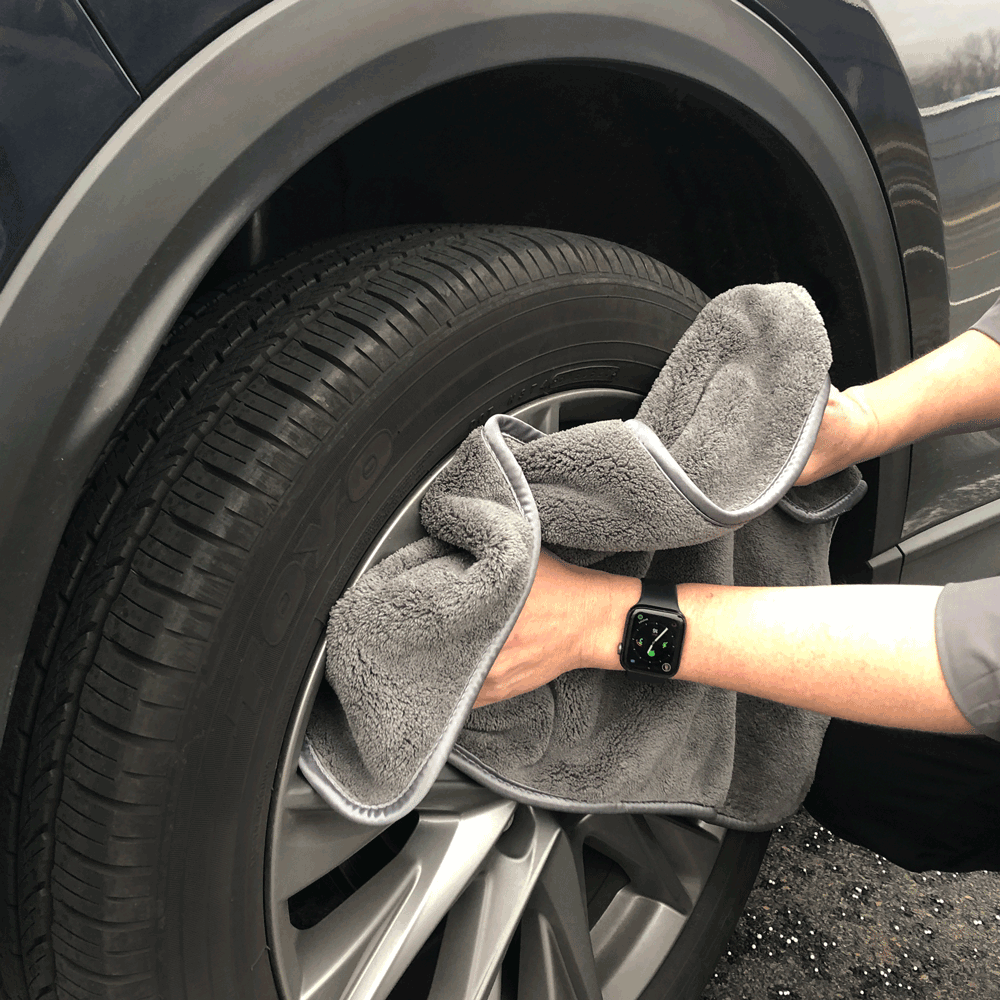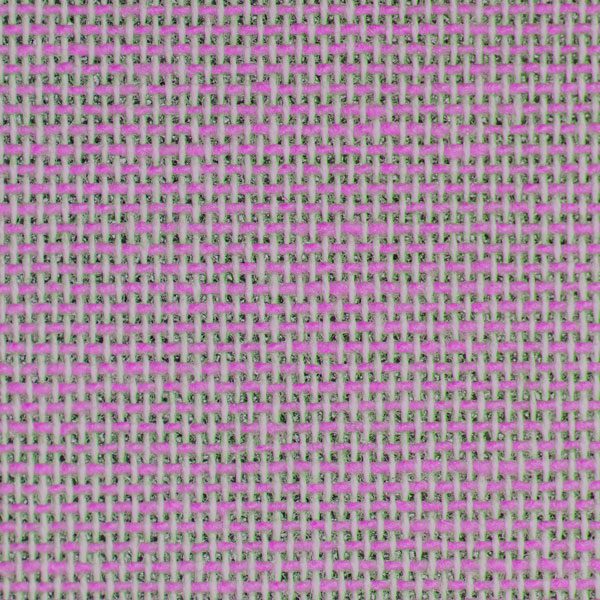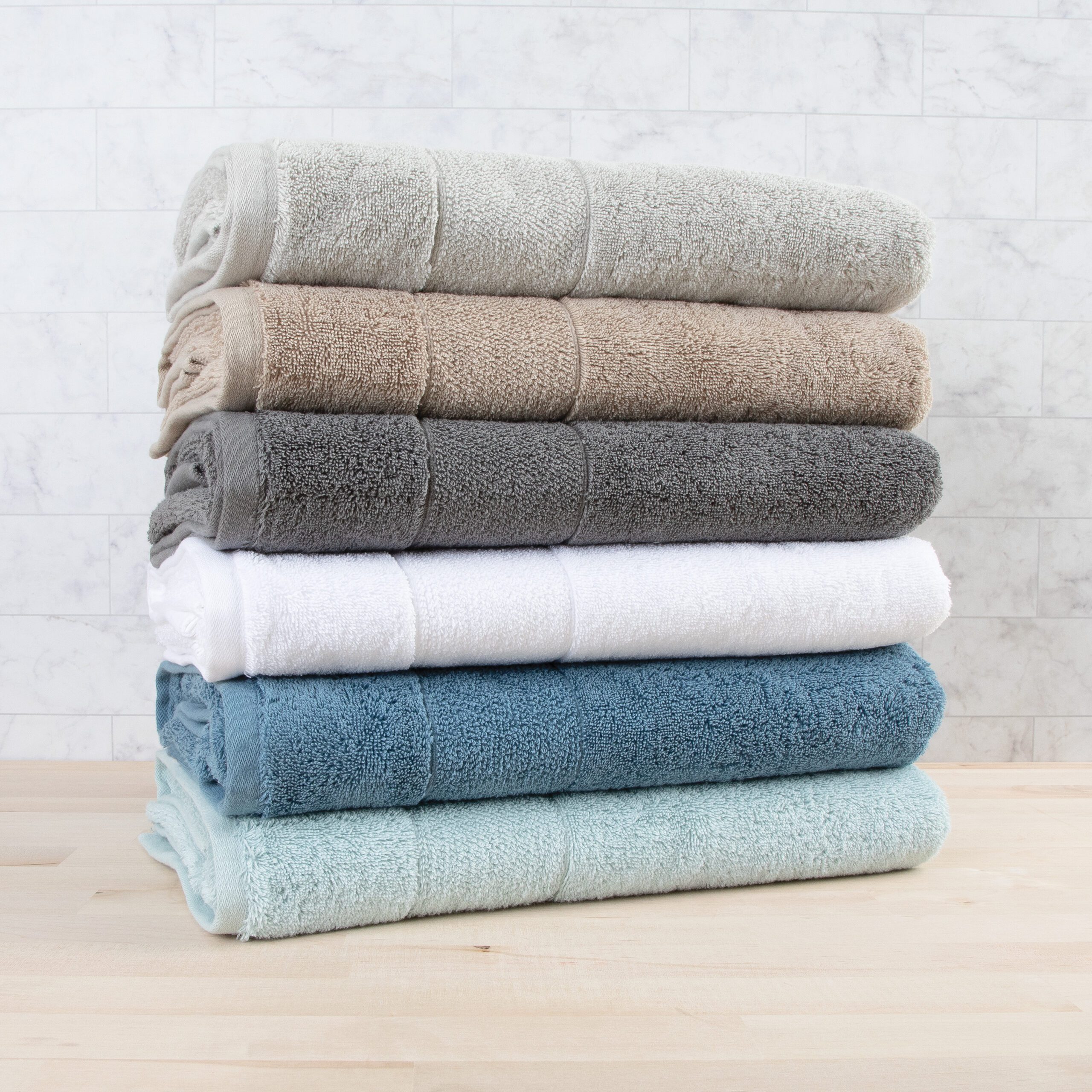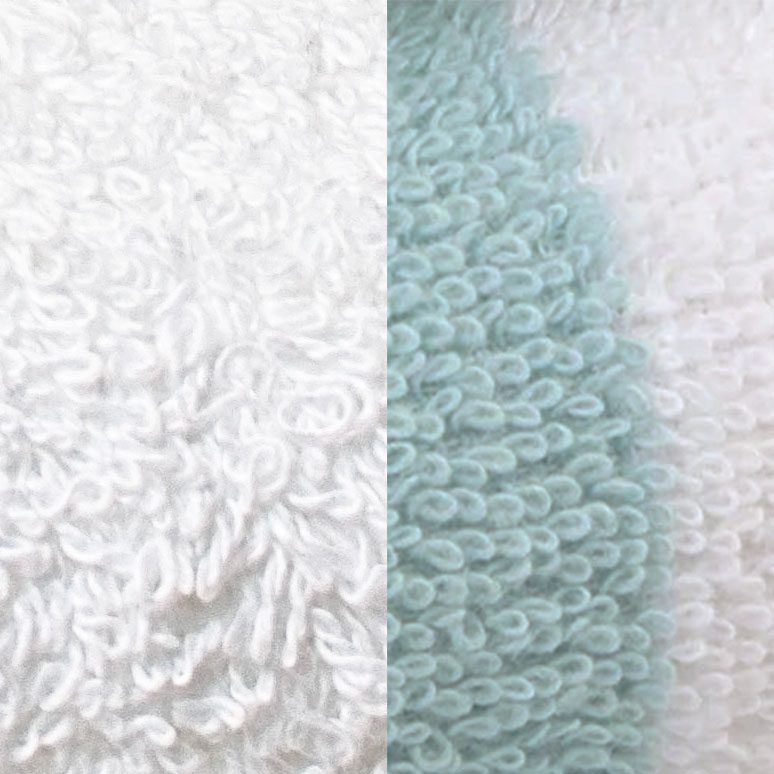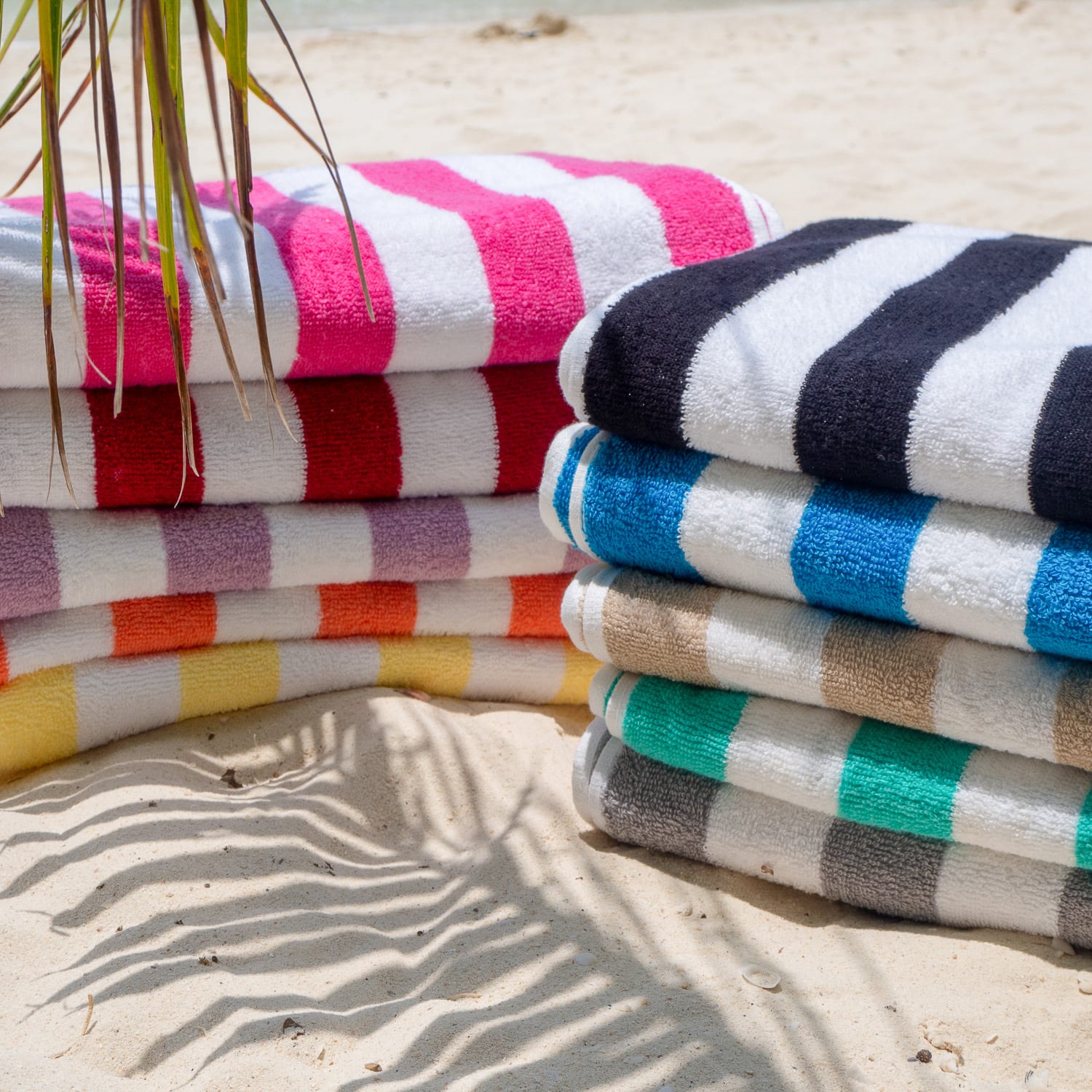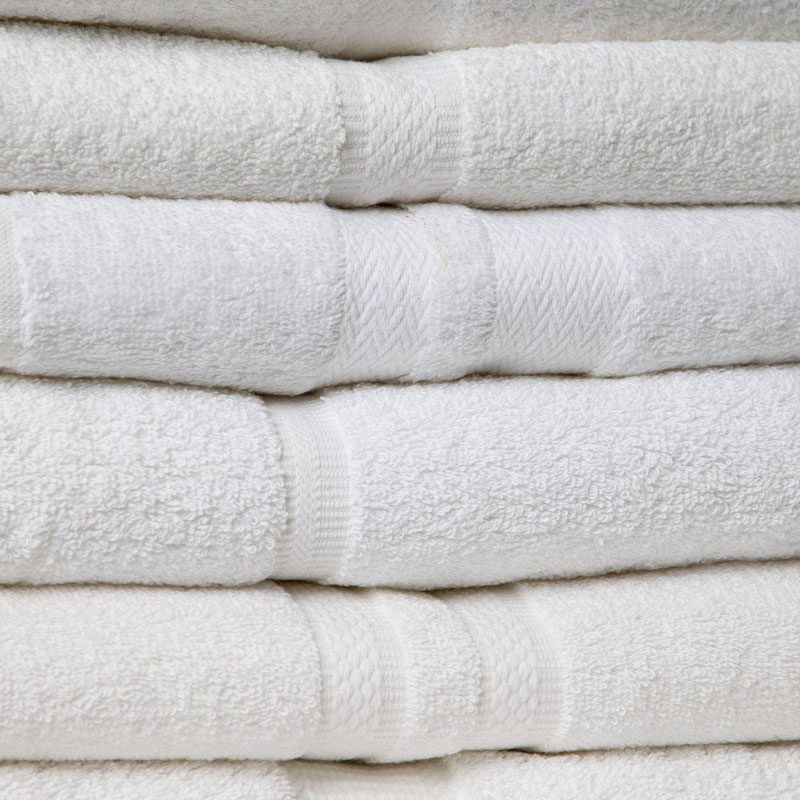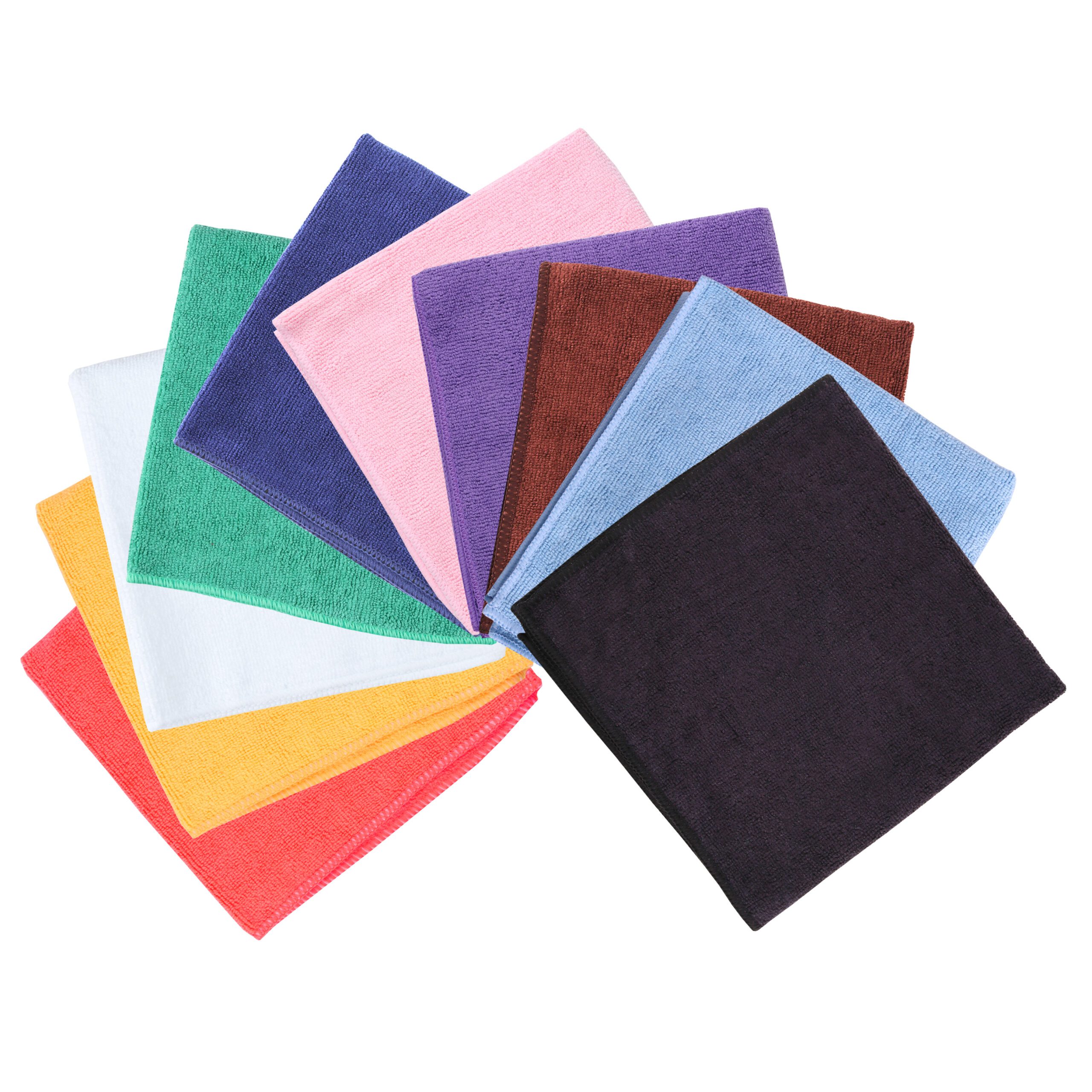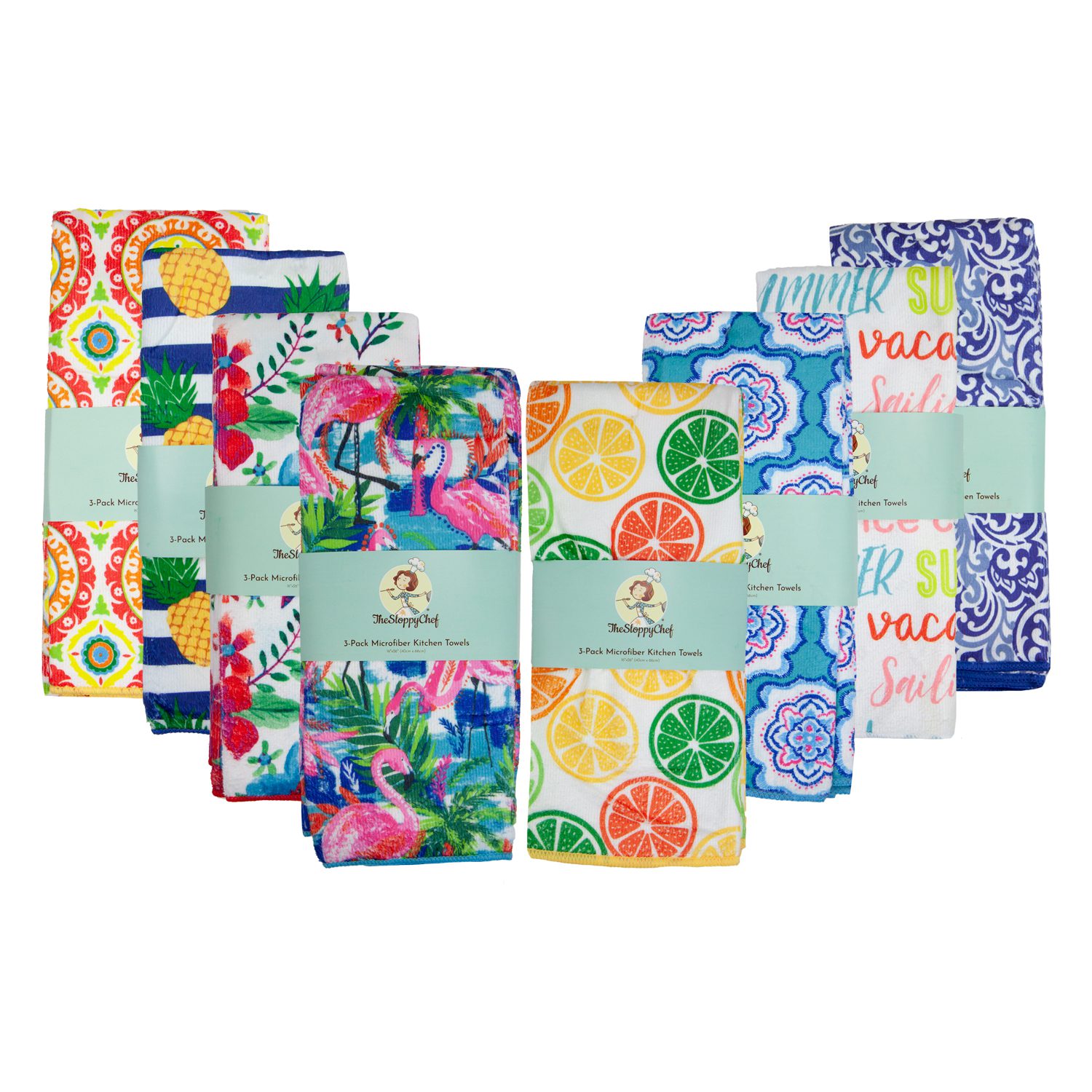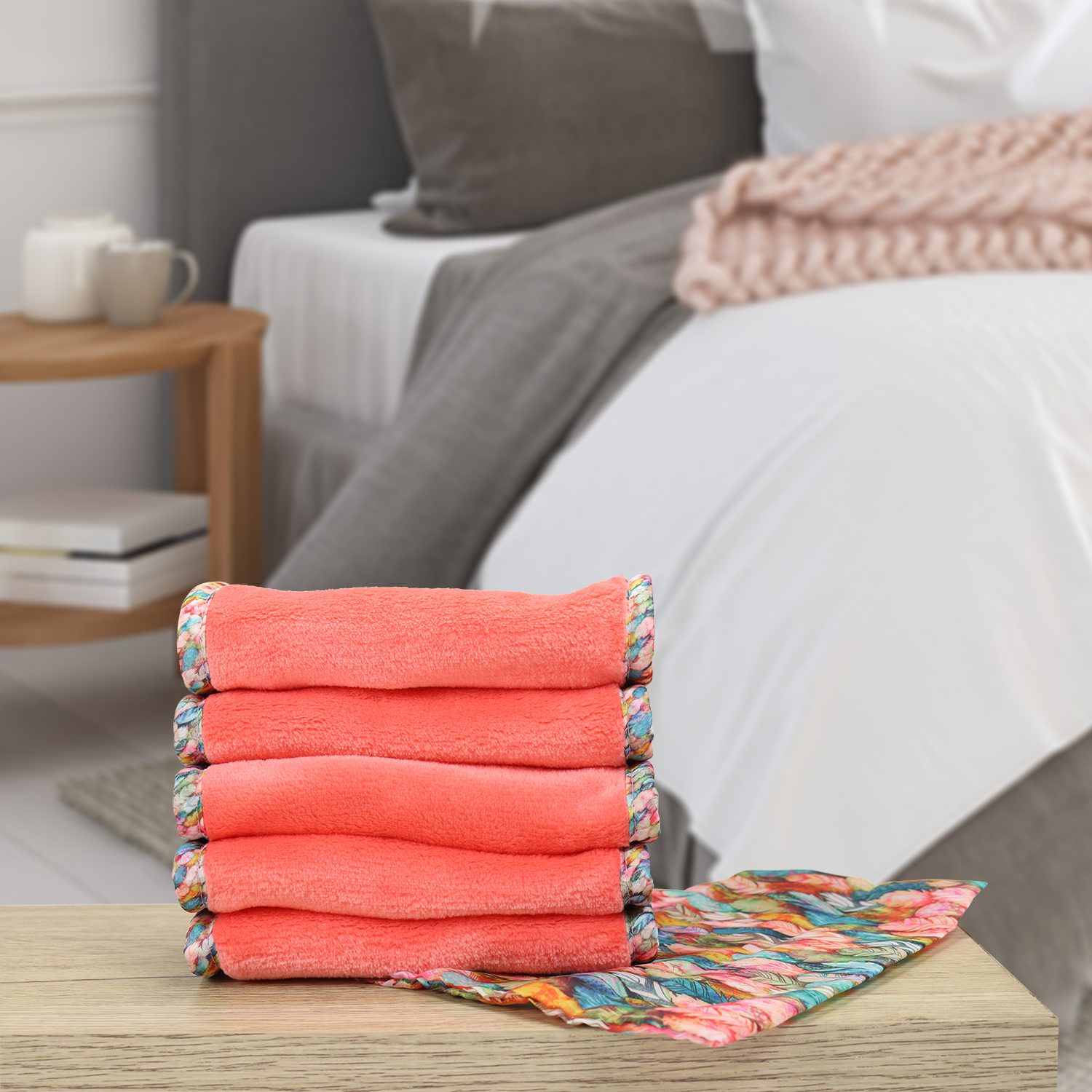10. Towel Terms: Microfiber
Microfiber is an incredible fabric. One of the first ultra-fine synthetic fibers, microfiber is finer than 0.7 deniers — that is approximately one-fifth the size of a human hair! In its infancy in the late 1950s, microfiber was used primarily as an industrial fabric for years.
In the 1970s, when Ultrasuede™ hit the fashion market, the apparel and home decor industries went crazy with this funky faux suede. Designers and consumers loved it for its moisture-wicking properties, and soon it was the fabric behind countless products, including accessories, sporting products, and apparel. The NBA even tried a basketball made with microfiber “leather” in 2006.
Microfiber’s cleaning properties are genuinely intriguing. Scientists spliced the super-fine microfiber threads and created microscopic “hooks” that enhanced their ability to grab dirt. Splicing also gave microfiber a positive charge which attracted negatively charged dirt. It’s this excellent magnetic feature that makes microfiber so powerful.
Microfiber cloths come in many weights and textures for multiple cleaning applications, including terry-style cloths for glass, metal, smooth surfaces, etc. Some microfiber cloths are extraordinarily soft, perfect for bath towels, beach towels, and especially facial cloths. The beauty industry has adopted microfiber towels for salons where bacteria puts clients at risk of infection. Microfiber decreases the risk of clients’ danger and the liability for salon owners.

